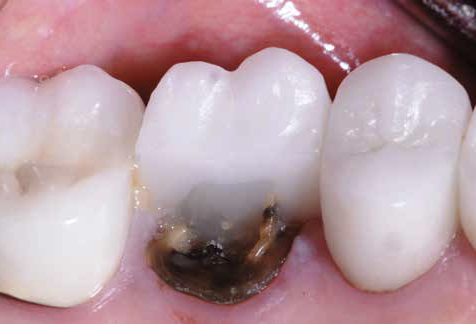“…Even though this article focuses more on the restoration of endodontically treated teeth and not endodontic techniques, it is important to discuss the use of bioceramics in endodontics. Bioceramics have been around since the late 1960s, initially used in medicine for their ability to form hydroxyapatite. The introduction of bioceramics in endodontics came in 1990 with Torabinejad’s creation of mineral trioxide aggregate. The second generation of bioceramics is being used for root-end surgery, perforation repair, pulp capping, revascularization, and, more recently, as a root canal sealer and obturation material. The goal of bioceramics is to take advantage of their bioactivity to elicit a biological response at the material–tissue interface, resulting in the development of a “biological bond” or a “monobloc” interface between sealer, obturation material, and the dentinal walls. The sealer material is bioactive during the hydration process (the moisture naturally in the root canal and dentinal tubules initiates and completes the setting reaction) and biostable upon setting….”
You are encouraged to read this excellent article from Drs. Atlas and Kratchman of our faculty on the most current perspectives on the reconstruction of the endodontically treated tooth.
https://www.dentalaegis.com/id/2016/05/risk-assessment-criteria-for-tooth-preservation

